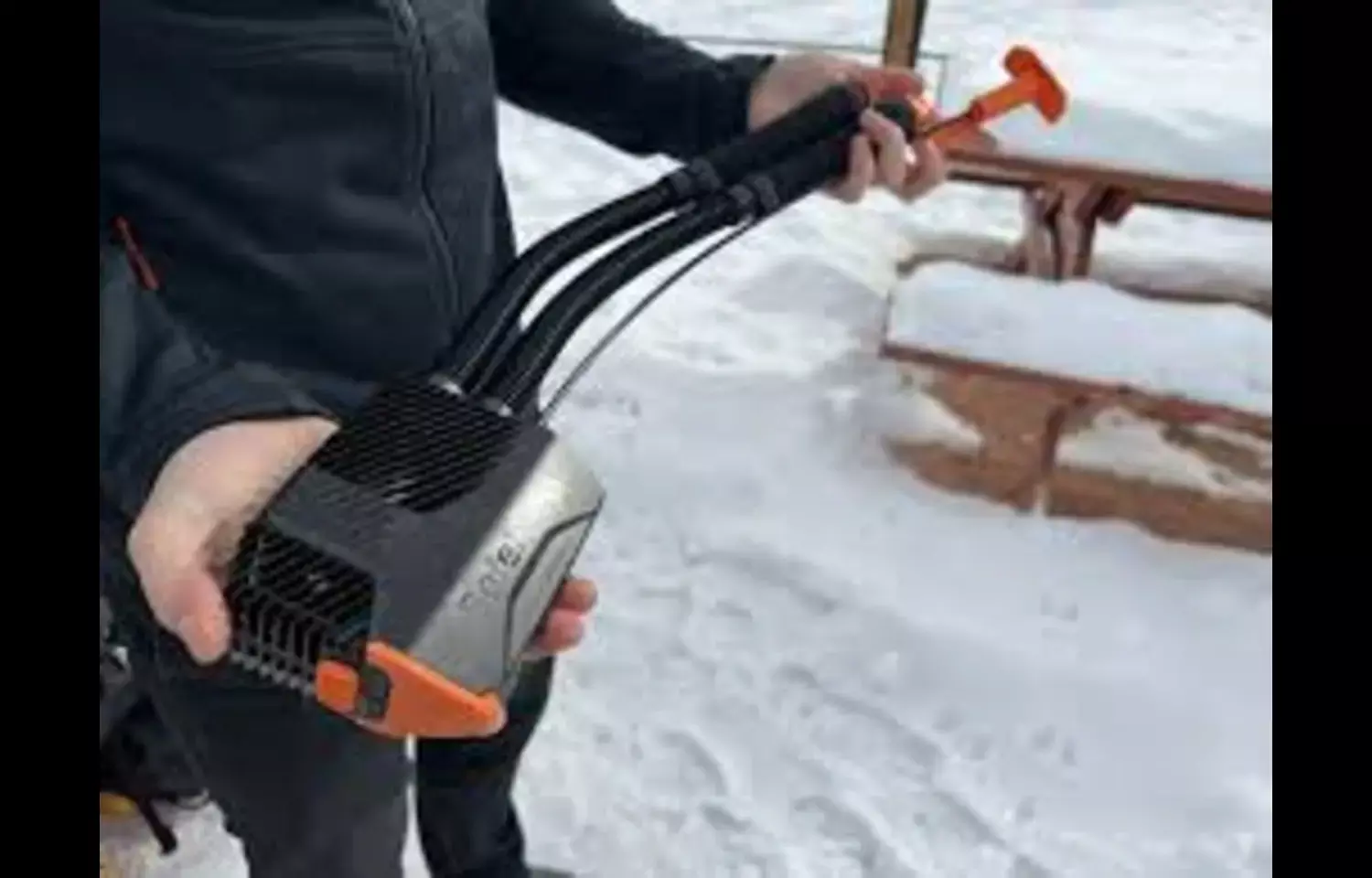- Home
- Medical news & Guidelines
- Anesthesiology
- Cardiology and CTVS
- Critical Care
- Dentistry
- Dermatology
- Diabetes and Endocrinology
- ENT
- Gastroenterology
- Medicine
- Nephrology
- Neurology
- Obstretics-Gynaecology
- Oncology
- Ophthalmology
- Orthopaedics
- Pediatrics-Neonatology
- Psychiatry
- Pulmonology
- Radiology
- Surgery
- Urology
- Laboratory Medicine
- Diet
- Nursing
- Paramedical
- Physiotherapy
- Health news
- Fact Check
- Bone Health Fact Check
- Brain Health Fact Check
- Cancer Related Fact Check
- Child Care Fact Check
- Dental and oral health fact check
- Diabetes and metabolic health fact check
- Diet and Nutrition Fact Check
- Eye and ENT Care Fact Check
- Fitness fact check
- Gut health fact check
- Heart health fact check
- Kidney health fact check
- Medical education fact check
- Men's health fact check
- Respiratory fact check
- Skin and hair care fact check
- Vaccine and Immunization fact check
- Women's health fact check
- AYUSH
- State News
- Andaman and Nicobar Islands
- Andhra Pradesh
- Arunachal Pradesh
- Assam
- Bihar
- Chandigarh
- Chattisgarh
- Dadra and Nagar Haveli
- Daman and Diu
- Delhi
- Goa
- Gujarat
- Haryana
- Himachal Pradesh
- Jammu & Kashmir
- Jharkhand
- Karnataka
- Kerala
- Ladakh
- Lakshadweep
- Madhya Pradesh
- Maharashtra
- Manipur
- Meghalaya
- Mizoram
- Nagaland
- Odisha
- Puducherry
- Punjab
- Rajasthan
- Sikkim
- Tamil Nadu
- Telangana
- Tripura
- Uttar Pradesh
- Uttrakhand
- West Bengal
- Medical Education
- Industry
Avalanche Safety Device Shown to Delay Hypoxemia and Hypercapnia: Study

People who are critically buried by an avalanche often die of asphyxia within minutes, making timely rescue challenging. In a new study published in JAMA, Eisendle, Roveri, Rauch, and colleagues investigated the efficacy of a novel, user-carried avalanche safety device designed to deliver airflow from snow debris directly to the user’s airway without the need for supplemental oxygen or a mouthpiece. The authors report that the device significantly prolonged safe breathing time during simulated avalanche burial, effectively delaying critical hypoxemia and hypercapnia compared with a sham device.
The randomized, blinded clinical trial was conducted at a field site in Italy from January to March 2023, enrolling healthy volunteers aged 18 to 60 years. Participants were buried in a prone position under at least 50 centimeters of snow, simulating critical avalanche conditions. The trial randomized participants to use either the Safeback SBX airflow device or a sham device. Vital parameters, including oxygen saturation and carbon dioxide levels, were continuously monitored throughout the simulation. The primary outcome was time to oxygen saturation below 80 percent, while secondary outcomes included oxygen and carbon dioxide concentrations at various distances within the snow. Of 36 randomized participants, 24 completed the trial and were included in the final analysis.
The results demonstrated that participants using the safety device maintained oxygen saturation above 80 percent for the full 35-minute monitoring period, whereas the control group reached critical hypoxemia within a median of 6.4 minutes, with seven participants experiencing oxygen desaturation events. Measurements from the snow air pockets showed that the device maintained oxygen concentrations near normal levels and dramatically reduced carbon dioxide accumulation compared with the control condition. These findings indicate that the device provides a micro-environment of sustained ventilation, extending the period during which survivors can breathe safely under snow. The authors conclude that incorporating such user-carried airflow systems into avalanche safety protocols could meaningfully improve survival in critical burial scenarios, though further research in real-world settings is warranted.
Dr. Shravani Dali has completed her BDS from Pravara institute of medical sciences, loni. Following which she extensively worked in the healthcare sector for 2+ years. She has been actively involved in writing blogs in field of health and wellness. Currently she is pursuing her Masters of public health-health administration from Tata institute of social sciences. She can be contacted at editorial@medicaldialogues.in.
Dr Kamal Kant Kohli-MBBS, DTCD- a chest specialist with more than 30 years of practice and a flair for writing clinical articles, Dr Kamal Kant Kohli joined Medical Dialogues as a Chief Editor of Medical News. Besides writing articles, as an editor, he proofreads and verifies all the medical content published on Medical Dialogues including those coming from journals, studies,medical conferences,guidelines etc. Email: drkohli@medicaldialogues.in. Contact no. 011-43720751


